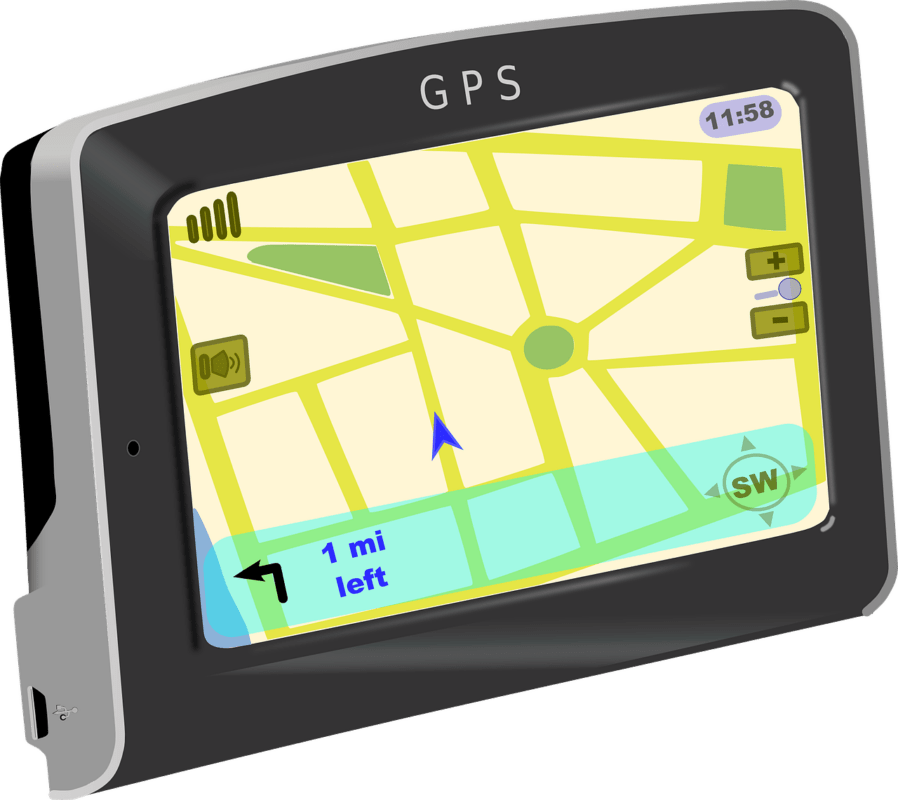road safety
Is your satnav fit for purpose? Traffic Commissioners offers advice on satnav use in commercial vehicles
The Traffic Commissioners for Great Britain has offered advice for satnav users after there were 1,624 incidences on the Network Rail infrastructure alone in 2020/21.

 Over the last two years, there has been an increase in incidences of commercial vehicles using inappropriate routes, including not complying with weight limits, which results in damage to roads, congestion and risks the safety of other road users.
Over the last two years, there has been an increase in incidences of commercial vehicles using inappropriate routes, including not complying with weight limits, which results in damage to roads, congestion and risks the safety of other road users.
In addition to the potentially catastrophic road safety issues, there are serious financial implications to these incidences, with the impact on drivers and operators also being potentially significant. Following a bridge strike in St. Helens, the Traffic Commissioner held a public inquiry and concluded that the primary cause of the incident was the driver’s failure to carry out his responsibilities in a professional manner. His HGV driver’s licence was revoked, and he was disqualified from holding an HGV licence for six months.
However, the Traffic Commissioner also found that the operator could have done more to prevent the incident and the operator found their licence permanently curtailed.
One of the reasons for these incidences occurring is poor route planning and the reliance on inappropriate satnav systems, which lack commercial functionality to warn the driver of all the critical points on routes. Whilst satnav technology can be employed effectively and efficiently, the devices used must be fit for a commercial role. Good satnav devices will regularly be updated with up-to-date information on the road network, including height restrictions.
Having suitable satnav equipment is not a substitute for effective route planning, but it may assist the driver to avoid some of these incidences, especially when routes change during a journey.
The traffic commissioners expects operators and drivers to treat this issue seriously and take responsibility. Any failure to do so could lead to an operator or driver having to appear before a traffic commissioner.
Is your satnav fit for purpose?
To minimise the risk of poor road choices, the advice is to always:
- Make sure your satnav is a commercial vehicle satnav, not one designed for a car, planning a route on a device that thinks you are driving a car has too many risks, make sure your device is up to date, roads and maps are constantly changing – it is your responsibility to plan correctly
- Make sure that if satnavs are provided to drivers, they are trained to use them and, importantly, the correct checks and procedures are in place to ensure they do! They must know how to set the alarm if they run close to an obstacle
- Have a satnav policy within your operation, set rules for use of personal satnavs and ensure they are fit for purpose
- Don’t assume you know the restrictions on a road, check first
- Double check on an up-to-date map, you could use Google Street Views to get a sight of an unfamiliar route or junction, including delivery or pick up points, operators should establish whether there are any localised issues that impact on routes and include this in customer information notes for drivers
- Know your vehicle height, width and weight, and ensure your drivers do – provide height conversion charts
- Even when your vehicle is ‘not in service’ your route must still be planned, taking unsuitable shortcuts back to the depot or when going for maintenance is a risk.
For more information on how to determine whether your satnav is fit for purpose, click here.
[vc_row][vc_column width="2/3"][vc_column_text]
This eBook will guide you through some of the key understandings you need to be able to manage driver safety effectively and, at the end, provide a series of free resources you can access to help you ensure your own driver safety management system is robust, legally compliant and in line with industry-accepted good practice.Download this eBook from Driving for Better Business and SHP to cover:
- Why do we need to manage driver safety?
- Duty of care – a shared responsibility;
- Setting the rules with a driving for work policy;
- Managing driver safety;
- Ensuring safe vehicles;
- Safe journeys and fitness to drive;
- Record keeping;
- Reporting;
- The business benefits of good practice;
- Additional resources
[/vc_column_text][vc_empty_space][vc_btn title="Download Now" color="green" size="lg" align="center" link="url:https%3A%2F%2Fwww.shponline.co.uk%2Fresources%2Fgood-practice-in-driver-safety-management%2F"][/vc_column][vc_column width="1/3"][vc_single_image image="85471" img_size="full"][/vc_column][/vc_row]
Is your satnav fit for purpose? Traffic Commissioners offers advice on satnav use in commercial vehicles
The Traffic Commisioners has offered advice for satnav users after there were 1624 incidences on the Network Rail infrastructure alone in 2020/21.
Barbour EHS
SHP - Health and Safety News, Legislation, PPE, CPD and Resources Related Topics
Horticulture company fined after lorry driver suffers life changing injuries
Top three areas to improve driver safety revealed in study
Driven to distraction? RoSPA’s Dr Karen McDonnell on driver safety
